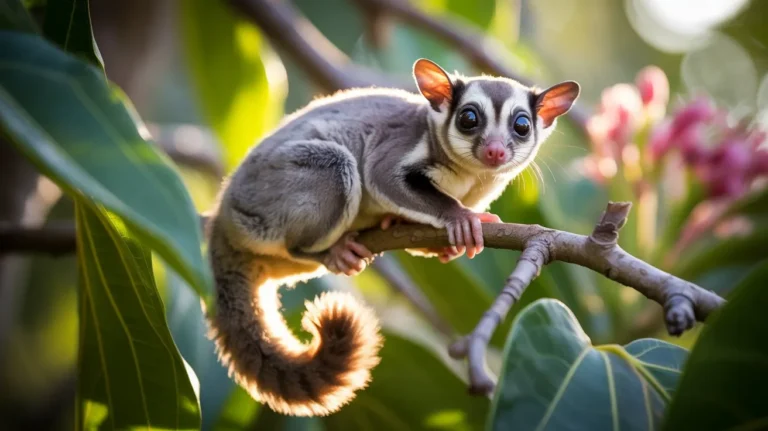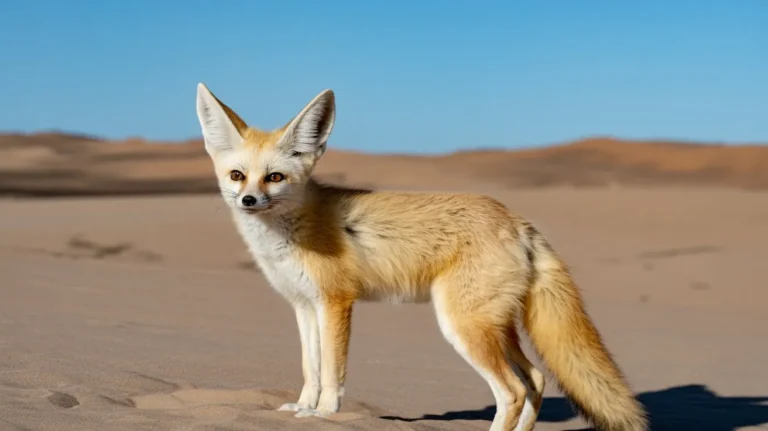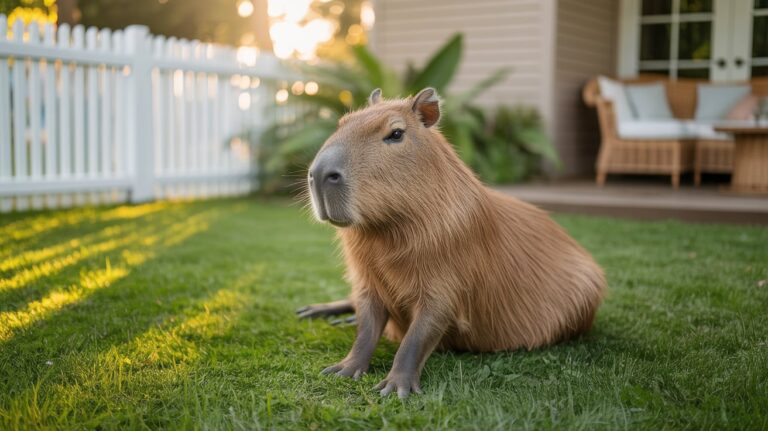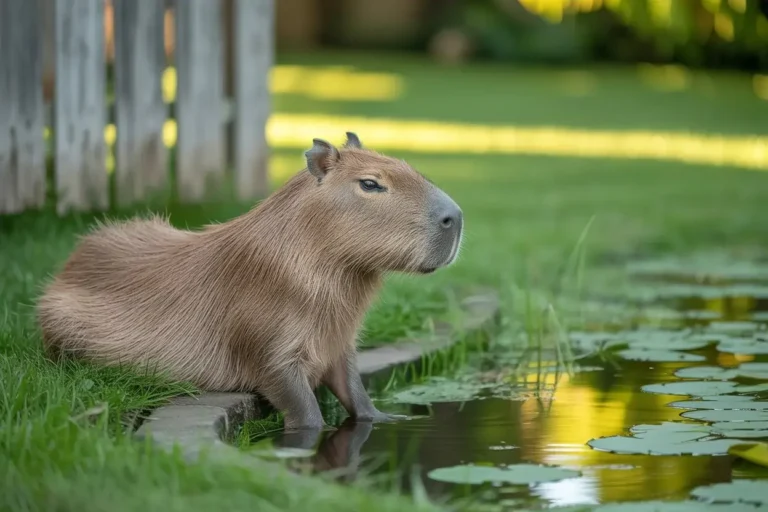Kinkajou Guide: Amazing Facts About the Cute ‘Honey Bear’
The kinkajou (Potos flavus) is a small, furry animal that many people call the “honey bear.” They live high up in the rainforests of Central and South America. With their big eyes, long tail, and playful nature, kinkajous are truly special creatures that many have never even heard of!
Even though they are called “honey bears,” kinkajous are not bears at all. They are closer relatives to raccoons and coatimundis. Their love for sweet foods, especially honey, earned them this cute nickname. Learning about kinkajou wof shows us how amazing and diverse the animal world is.
Where Do Kinkajous Live?
Kinkajous are found in tropical rainforests, mainly in:
| Country | Population Region |
|---|---|
| Brazil | Amazon Rainforest |
| Costa Rica | Dense Forest Areas |
| Mexico | Southern Rainforests |
| Peru | Jungle Regions |
These animals spend almost all their time in the trees. Thanks to their prehensile tails (which work like a fifth hand), kinkajous can swing, climb, and even sleep hanging upside down! They mostly stay hidden during the day and come out to play at night.
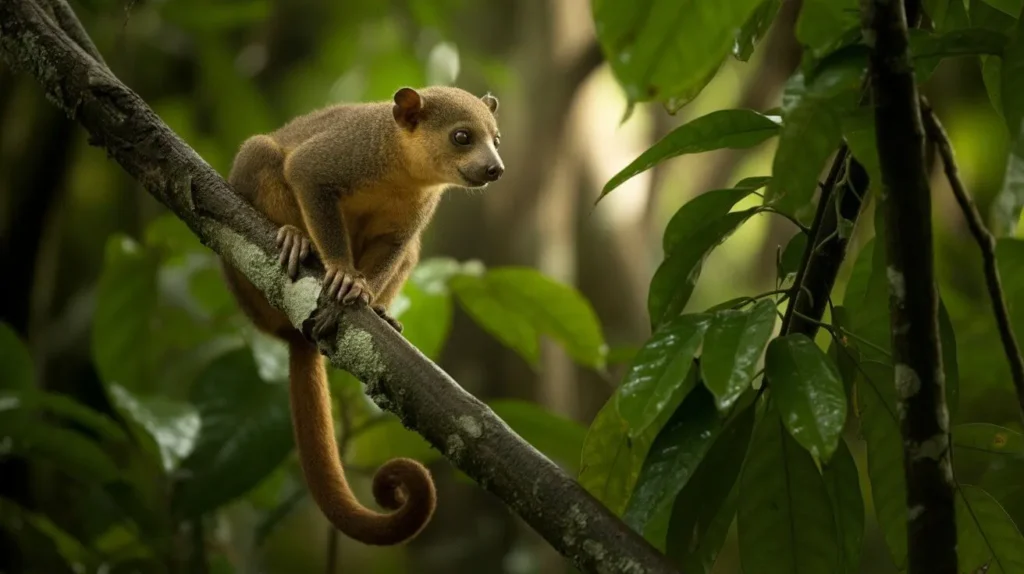
What Makes Kinkajou So Special?
Here are some amazing facts about kinkajous that make them different from other animals:
- Flexible Ankles: They can turn their feet around to climb down trees headfirst!
- Long Tongues: Their tongue can stretch up to 5 inches, perfect for licking honey and fruit.
- Strong Tails: They use their tail not just for balance, but also for holding onto branches while reaching for food.
Their bodies are built for an exciting life in the treetops!
What Do Kinkajous Eat?
Kinkajous are omnivores, but they mostly love fruit. Here’s a quick look at what they usually eat:
| Food Type | Examples |
|---|---|
| Fruits | Bananas, Mangoes, Figs |
| Insects | Ants, Beetles |
| Nectar | From flowers |
| Honey | Stolen from bee nests |
About 90% of their diet is made up of fruits. They help pollinate plants while moving from flower to flower, making them very important for the forest.
Kinkajou Behavior: Night time Adventures
Kinkajous are nocturnal, which means they are awake at night and sleep during the day. At night, they travel across the treetops, looking for fruits and nectar.
They are usually solitary animals, meaning they like to live alone. But sometimes, kinkajous can be seen playing together or grooming each other, which helps them build trust.
They make funny sounds too, like:
- Squeaks
- Hisses
- Barks
These sounds help them communicate with other kinkajous in the dark rainforest.
Are Kinkajous Good Pets?
Because kinkajous are so cute and playful, some people think about keeping them as pets. But it’s important to remember:
| Pros | Cons |
|---|---|
| Very playful and loving | Need a special diet |
| Can bond closely with owners | Nocturnal (active at night) |
| Cute and unique | Can bite if scared or stressed |
Keeping a kinkajou as a pet is a big responsibility. They need lots of attention, special food, and a safe place to climb and play. Many experts suggest letting kinkajous live in the wild where they belong.
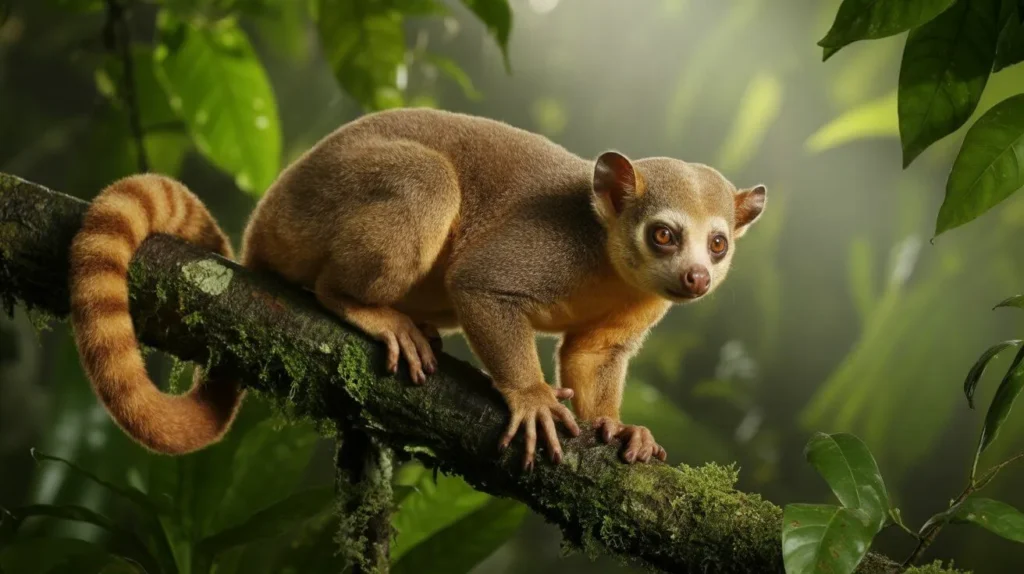
Conservation: Are Kinkajous Endangered?
Right now, kinkajous are not considered endangered, but their future is at risk because:
- Rainforests are being destroyed for farming and cities.
- The illegal pet trade is taking many kinkajous away from their homes.
Protecting rainforests and stopping the illegal pet trade are very important to save these beautiful animals. Organizations around the world are working hard to protect kinkajous and their natural homes.
FAQs About Kinkajou
Final Thoughts
Kinkajous are one of nature’s sweetest surprises! From their flexible ankles to their long pink tongues, every part of them is made for adventure in the trees. Whether you meet them in a zoo or learn about them through articles like this, kinkajous remind us just how magical our planet’s wildlife can be.
Protecting animals like the kinkajou helps protect the beauty of nature for future generations!

